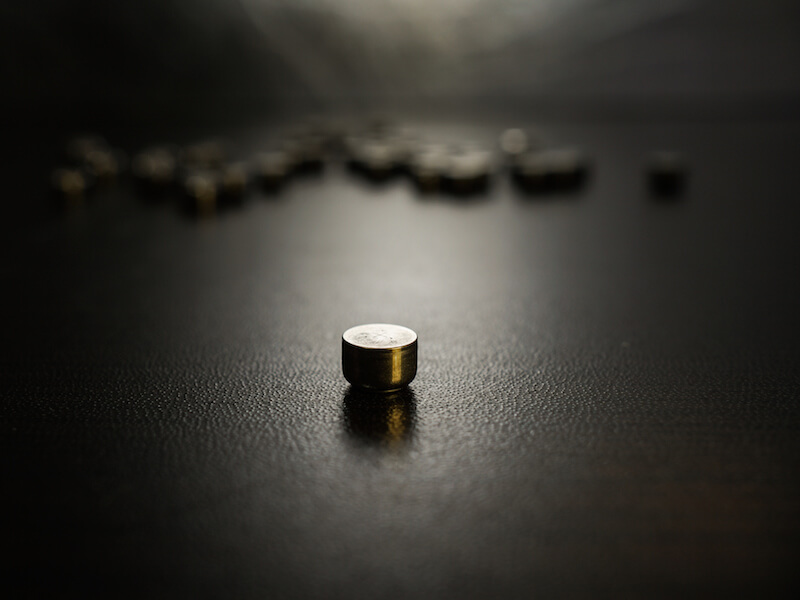
From phones to cameras to music players, how we power our electronics has evolved. A powerful, rechargeable hearing aid battery is finally realizing the hopes of hearing aid makers to replace the outdated disposable power sources of the past.
Disposable hearing aid batteries have traditionally been the power source of choice amongst manufacturers, with size 312 batteries serving as one of the more prevalent battery types. These days, the most popular version of these batteries is known as a “zinc-air” battery.
Disposable Hearing Aids Have a Downside
The presence of air impacts a zinc-air battery, as the name indicates. Regarding the 312 batteries used in a lot of hearing aids, the user needs to pull a little tab off the back of the battery before it’s turned on and functional.
The moment it is fully oxygenated, it begins to lose power. That means power is beginning to drain whether the user is ready for it or not.
Most users regard the length of life to be the most significant drawback of disposable batteries. With 312 batteries, the user may be replacing the batteries in their hearing aids around 120 times per year because they die in 3 to 12 days according to some reports.
Because of this, besides having to purchase 120 batteries, the user will have to change and properly dispose of batteries at least twice every week. From a cost point of view alone, that likely means more than $100 in battery costs.
Rechargeable battery Advancements
Rechargeable hearing aid technology has advanced to the point where it’s now a viable option and that’s good news for individuals who use hearing aids.
The vast number of people would wear rechargeable hearing aids if given an alternative according to some research. Until now these models have traditionally struggled to provide a long enough charge to make them worthwhile. However, modern innovations now facilitate an entire day of use per charge.
Rechargeable batteries won’t save users substantial amounts of money, but they will make quality of life better.
On top of providing 24 hours of charge time, these contemporary models result in less aggravation for the user, since there’s no more changing and properly disposing of batteries. They just need to put the battery on the charger.
When a disposable battery nears the end of its life it can’t run your hearing aid at full power. There’s also no real way to identify how close to being inoperable the battery actually is. So the batteries might die at the exact moment that a user needs them the most which might even put them in peril. Not only is this a safety hazard, but users could miss out on significant life moments because of a dead battery.
Hearing Aids Come in Different Types
There are unique advantages to each of the different materials that rechargeable batteries are made of. Integrated lithium-ion batteries are one option being used by manufacturers because they can hold a charge for 24 hours. And smart-phones are powered by this same kind of battery which may be surprising.
Another kind of contemporary rechargeable battery is a silver-zinc. This innovative technology was initially developed for NASA’s Apollo moon missions. You can even use this technology to modify and retrofit the existing hearing aids you’re comfortable with by converting the device to rechargeable power. These batteries, similar to lithium-ion, will also last all day before needing to be recharged.
Some models even let you recharge the battery while it’s still in the hearing aid. For these, users will slip the entire hearing aid into a charging station when they sleep or during another time when the device is not in use.
Whichever solution you decide on, rechargeable batteries will be considerably better than disposable batteries. You just need to do some research to decide which solution is ideal for your needs.
Check out our hearing aid section if you’re looking for more information about what battery would be best for you or any other info about hearing aids.